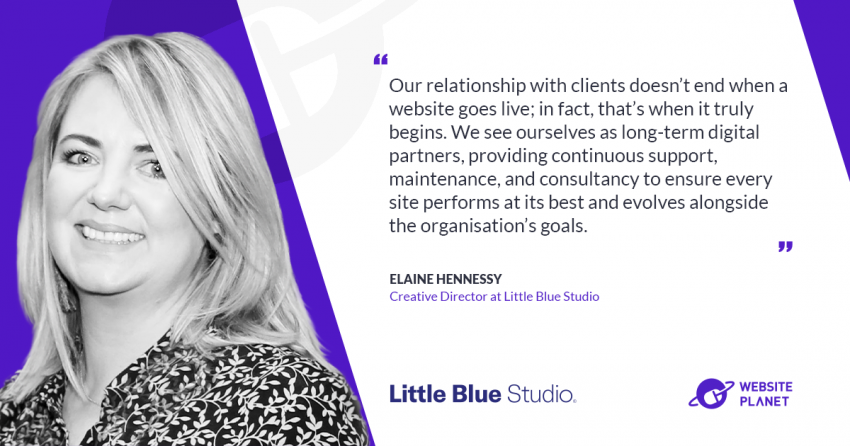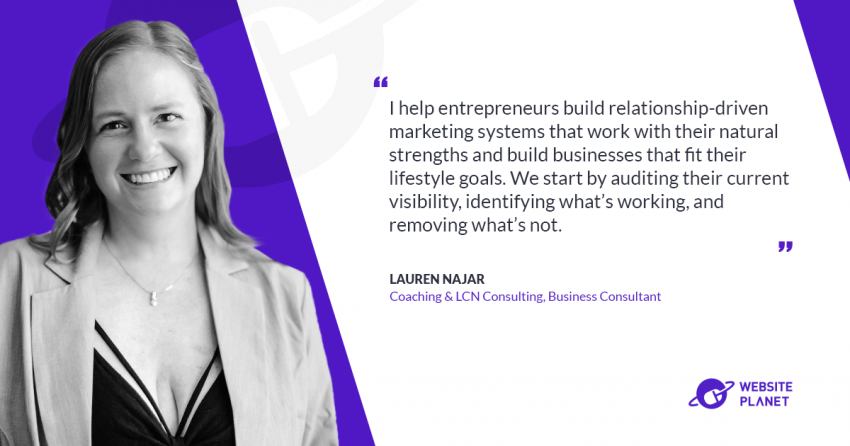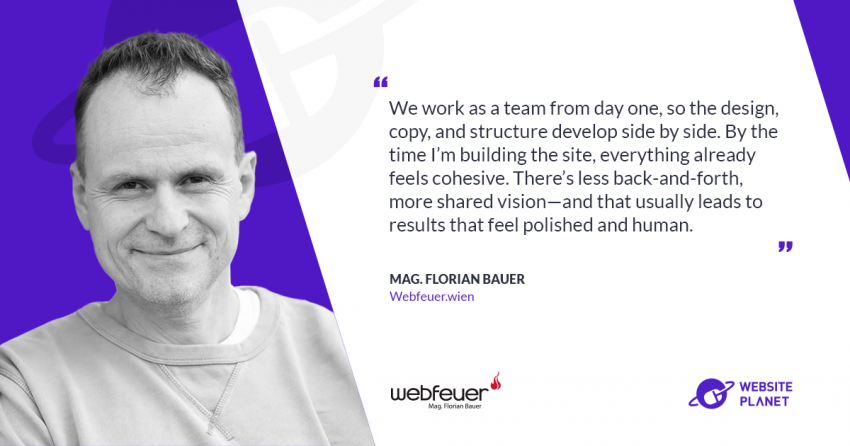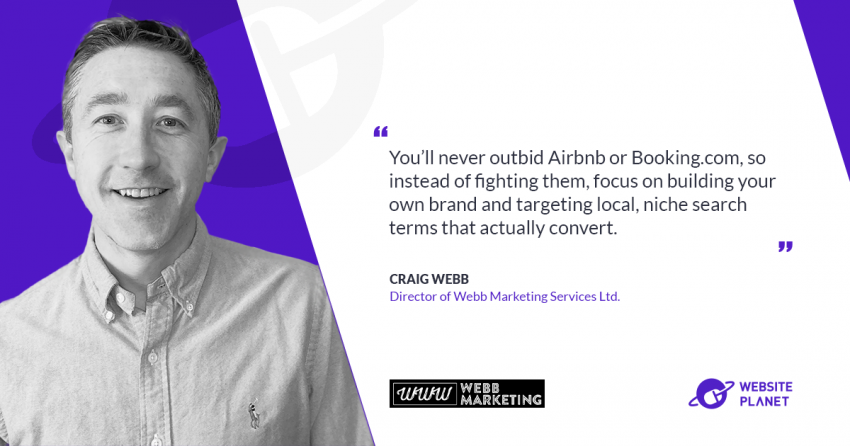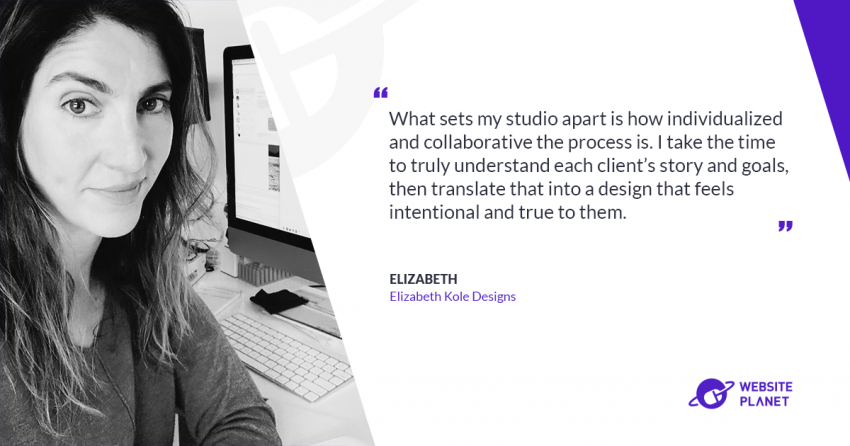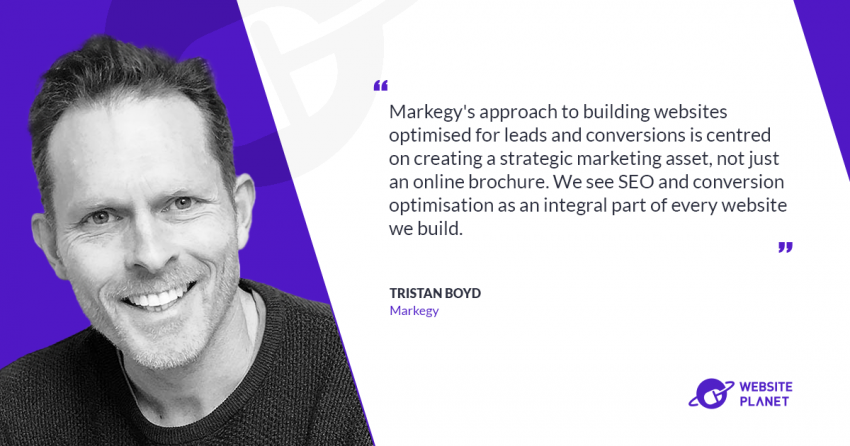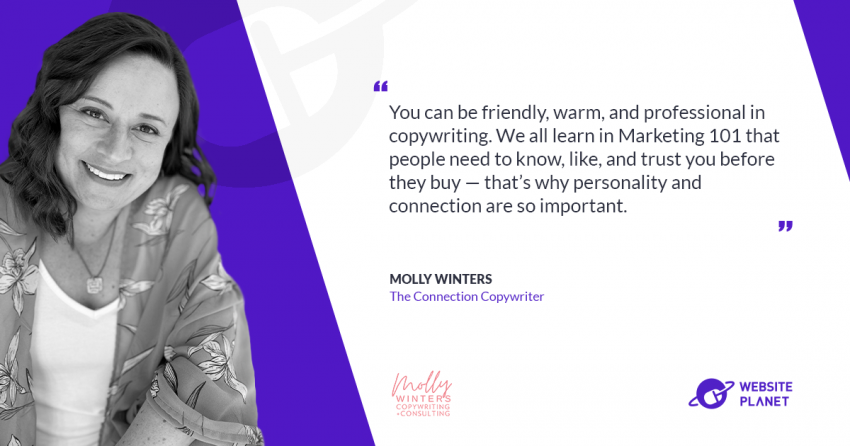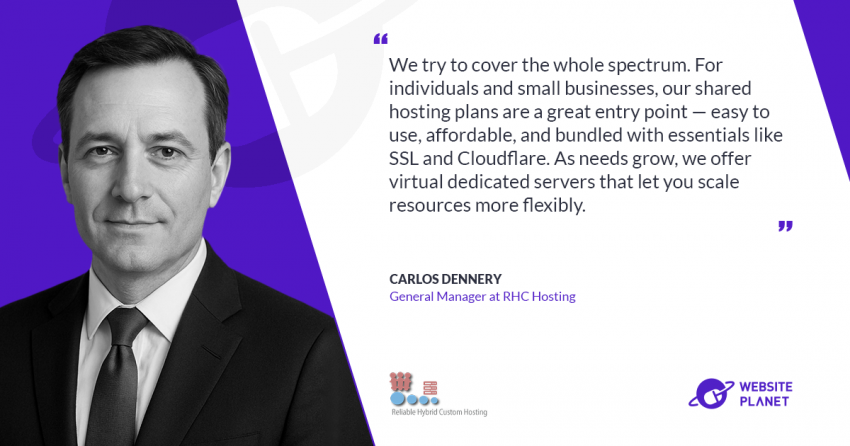When Svenia Dörr founded Frau Dörr MEDIENDESIGN in 2008, her vision was clear: to create branding that not only looks good but also works—and lasts. What began as a focus on logos and corporate design has since evolved into a strategy-first approach, where positioning, audience, and brand essence are defined before a single pixel is placed. The result: timeless branding that supports businesses today and continues to resonate tomorrow.
In 2025, Svenia expanded her mission of guiding clients through change by launching the podcast Relaunch Therapy (GER: Relaunch Therapie), where she shares practical insights on branding and relaunch strategies. From her base in Hamburg, she now works with clients across Germany, Austria, Switzerland, and around the world.
In this exclusive Website Planet interview, Svenia discusses her design philosophy, the pitfalls of DIY branding, what makes logos timeless, and why branding is always more than “pretty design.”
How do you tailor your design process to different industries or client needs?
Every industry has its own language – but good design always works the same way: it has to be clear, credible, and memorable.
An IT service provider needs clarity and trust, a food brand needs emotion and appetite, and an NGO needs closeness and stance. But in the end, the question is always the same: Why should someone buy, click, or donate here?
That’s why I don’t work with “industry templates,” but listen closely instead. The exciting part is that sometimes it’s exactly the fresh outside perspective that makes the design so powerful.
What are common pitfalls when companies try to handle branding and design themselves (DIY)?
The classic one: “My cousin knows Photoshop.”
DIY sounds tempting because you save costs upfront. But the real costs come later—when customers don’t take the company seriously because the design looks “home-made.”
Even worse: when you attract the wrong customers. A cheap look attracts cheap clients. A strong, clear brand brings the right ones.
Fixing it afterwards is almost always more expensive than starting clean. It’s like building a house: first the foundation, then the decoration. Nobody would seriously save on concrete just to upgrade the kitchen later.
Things you have to avoid:
-
Logo before strategy: without positioning, any logo becomes generic.
-
Trend-hopping: today’s “wow” becomes tomorrow’s “dated.”
-
Type & color overload: too many choices erode trust.
-
No brand guide: consistency fails in day-to-day use.
-
Stock/Canva sameness: little distinctiveness, potential legal pitfalls.
-
Ignoring accessibility: legibility and contrast drive performance.
How to know it’s time to rebrand?
There are five clear signals:
-
Identity mismatch: the business evolved, the brand didn’t.
-
Inconsistency: different logos, fonts, or colors across channels.
-
Sales friction: more explaining, less trust, lower conversions.
-
Internal confusion: no brand guardrails; everyone designs “their own.”
-
The awkward website moment: you hesitate to share your link.
I use a short relaunch self-check quiz to confirm if it’s time—it saves both time and budget.
What makes a logo timeless (and what dates it fast)?
A logo is timeless when it’s clear, reduced, and distinctive. Trends come and go, but simplicity lasts.
A strong example is Dunkin’: once Dunkin’ Donuts, today simply Dunkin’—a shorter, modernized name with familiar typography. The logo works equally well in cafés, apps, and social media.
By contrast, logos date quickly when they lean too heavily on stylistic effects or fashion—like the many “glossy” 2000s logos that now feel clunky and old.
My mantra: as simple as possible, as distinctive as necessary.
Why branding is more than “pretty design”?
Branding isn’t the icing on the cake, it’s part of the foundation. It’s about defining the core of your brand and consistently making it visible. Colors, logos, and fonts are just the surface—the essence lies in the stance behind them.
Of course, Apple comes to mind: innovation, simplicity, quality.
But here’s the point: even if you’re not Apple, you can apply the same principle. Any brand—whether a bakery, an IT service provider, or a global player—benefits from sharpening its core and making it visible.
Clarity on the inside = strength on the outside.



